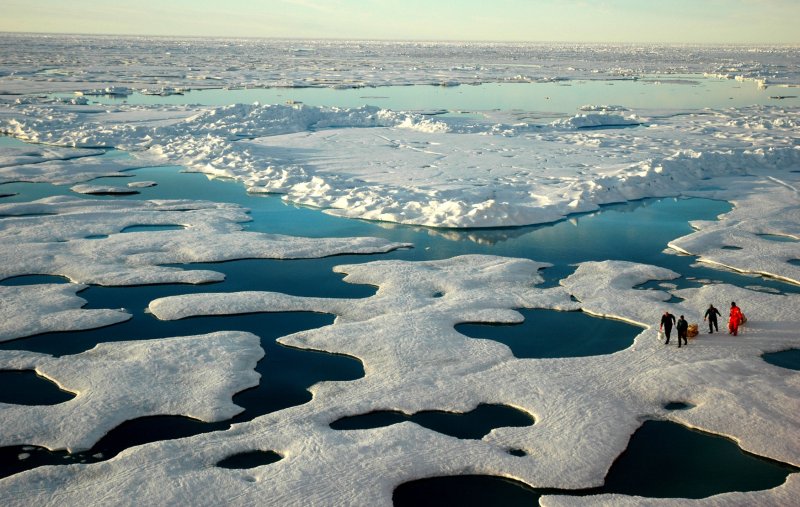GREENBELT, Md., March 1 (UPI) -- The oldest and thickest arctic sea ice is disappearing faster than younger and thinner ice at the edges of the Arctic Ocean's floating ice cap, NASA says.
Normally the thicker ice, known as multiyear ice, survives through the summer melt season while young ice that has formed over winter quickly melts again.















